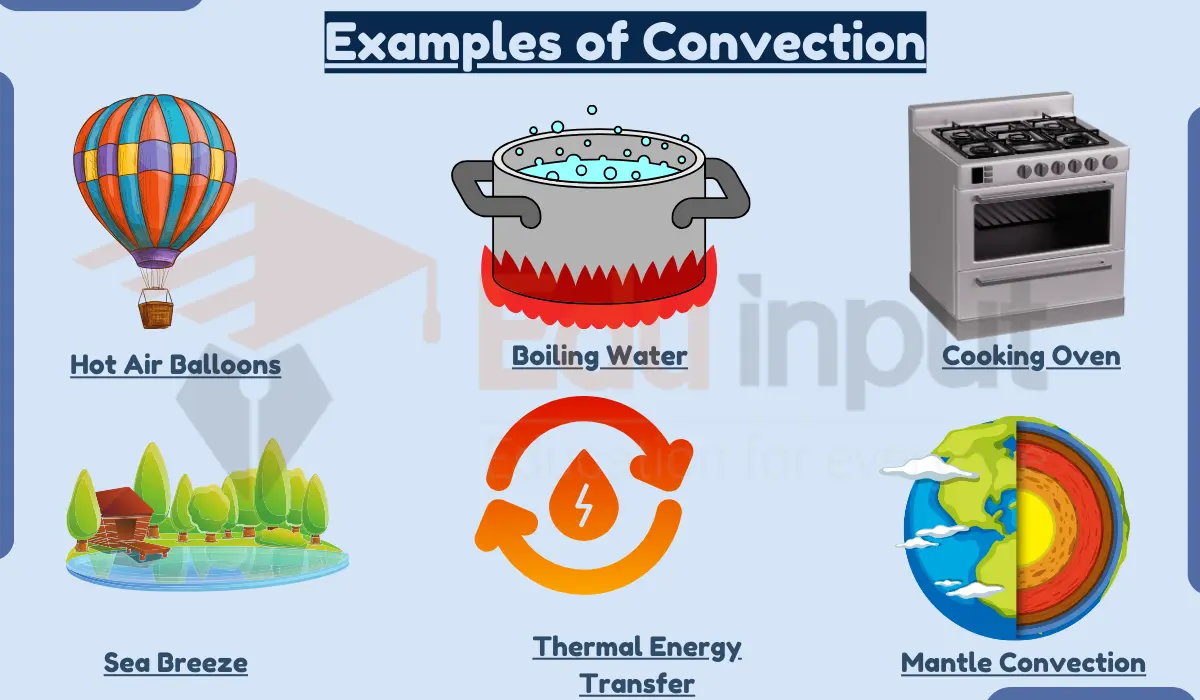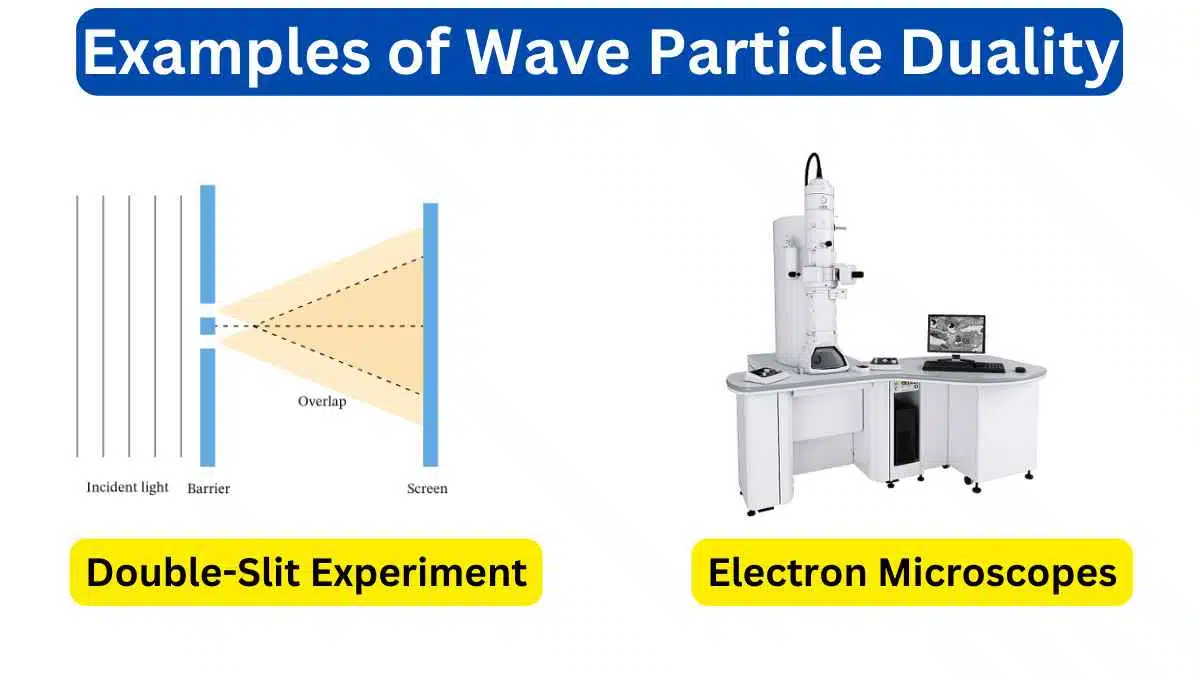7 Real Life Examples of Longitudinal Waves
Sound waves from your voice, vibrations in a spring toy, and earthquakes are all examples of longitudinal waves.

Examples of Longitudinal Waves
Here are some examples related to longitudinal waves:
1. Sound Waves
Sound waves are longitudinal because the particles of the medium (air, water, or solid) vibrate parallel to the direction of wave propagation. As a sound wave travels, it creates regions of high and low pressure in the medium.
The particles do not travel along with the wave but rather oscillate back and forth around their equilibrium positions, transferring the energy from one particle to the next.
2. Seismic P Waves
P waves (Primary waves) are longitudinal waves that travel through solids, liquids, and gases. The particles in the medium vibrate back and forth in the same direction as the wave propagation.
These waves are the fastest seismic waves. They can travel through the Earth’s core. They are used to study the Earth’s interior and to locate the epicenters of earthquakes.
3. Tsunami Waves
Tsunami waves are longitudinal waves that occur in the ocean. The water particles move in the same direction as the wave propagation, creating a series of crests and troughs.
These waves are typically caused by earthquakes, volcanic eruptions, or underwater landslides that displace large volumes of water.
4. Spring Vibrations
When a spring is stretched or compressed, it creates longitudinal waves. The coils of the spring oscillate parallel to the direction of the applied force.
This type of wave propagation is often used to model the behavior of mechanical systems, such as shock absorbers or vibrating structures.
5. Pressure Waves in Gases
When a gas is compressed and decompressed, it creates longitudinal pressure waves. The gas particles oscillate back and forth in the same direction as the wave propagation.
These waves are responsible for the transmission of sound in gases and are also used in various industrial applications, such as gas flow measurement and pressure sensing.
6. Waves in Solids
Longitudinal waves can also propagate through solid materials, such as metals or rocks. The particles in the solid vibrate parallel to the direction of wave propagation.
These waves are important in the study of material properties, nondestructive testing, and seismic exploration.
7. Ultrasound Waves
Ultrasound waves are high-frequency longitudinal waves used in medical imaging and industrial applications. The particles in the medium oscillate back and forth in the same direction as the wave propagation.
In medical imaging, ultrasound waves are used to create images of internal organs and structures by measuring the reflections of these waves from different tissues.







Leave a Reply